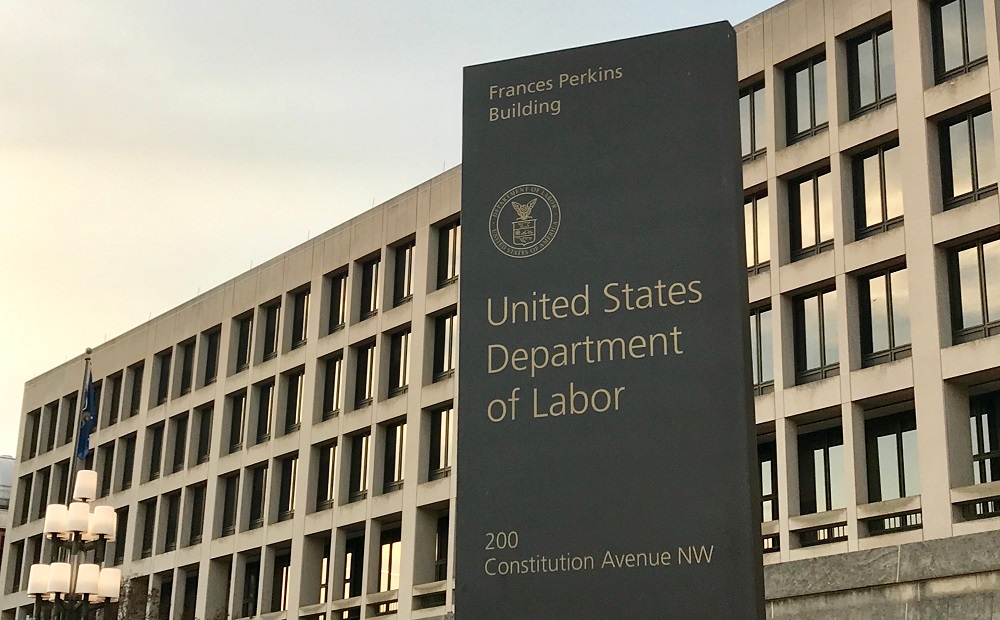On November 15, Congress enacted, and on November 17, President Biden signed into law a continuing resolution (CR) that extends current funding for the government’s discretionary spending until early in 2024. It was a two-part extension that was fraught with political peril. Renewed debate—and risk—will peak again right after the holidays.
The CR, H.R.6363, passed the Senate with a robust bipartisan 87 to 11 vote. It passed the House with more Democratic votes (only two Democrats voted against it) than Republican votes. That sets up a significant political issue for the new Speaker of the House Rep. Mike Johnson (R-LA). It was the lopsided Democratic support (the “making a deal with the Democrats”) that triggered the ouster of then-Speaker Rep. Kevin McCarthy (R-CA) a month earlier. So far, House Republicans are willing to let Speaker Johnson try again come January for a bill that wins more GOP support. But there remain deep divisions—further exacerbated by heightened election year politics—within the House Republican Conference.
The new law extends discretionary funding provided through four of the 12 regular order appropriations bills until January 19. The other eight appropriations measures must be addressed by February 2.
The chasm between what GOP House lawmakers want and what Senators will agree to is wide and deep. Generally, the Senate – which still must pass nine of its 12 committee-approved appropriations bills – wants to avoid “poison pill” policy provisions and allocate discretionary spending per the Fiscal Responsibility Act (FRA) spending caps. The FRA spending caps are a good $120 billion more than the spending levels that the House Republicans want.
The House must still pass five of the 12 appropriations bills—including the highly controversial Labor-Human Resources-Education (Labor-H) bill that funds DOL (and the Department of Health and Human Services (HHS)). To date, four of those five bills have gone to the House floor for a vote but were pulled because of insufficient Republican support for them as they are currently drafted. (Democrats are united in their opposition to these measures, which cut funding well below the caps negotiated by Republicans, Democrats, and the White House in the FRA.)
Failure to meet these new funding deadlines means a government shutdown. It also means the across-the-board one percent spending cuts mandated by the FRA would take effect by the end of April. (The FRA is the law passed this past June that avoided a breach of the federal debt limit.) And Speaker Johnson has vowed the House will reject any further continuing resolutions (CRs). Put these factors together, and it appears that January and February will be fraught.
Washington insiders are now a little bit hopeful about a path forward that resolves these problems and eliminates these risks. The hard-right House Freedom Caucus group said publicly on November 29 that they recognize that they cannot get the $120 billion in “extra” spending cuts that they have been demanding. They also said they would consider spending at the FRA levels. However, they cautioned that they will accept no budget gimmicks, of which there are many in the Senate appropriations measures.
Prospects: Hard-fought compromising still lies ahead of the effort to fund the government’s discretionary spending for fiscal year (FY) 2024. Some Washington insiders are still predicting a government shutdown by February 2. But note, “conventional wisdom” also predicted government shutdowns first on October 1, the beginning of FY 2024, and then again just before the November 17 expiration of the first CR. And neither of these happened as Congress and the President reached last-minute agreement.
We know for sure that negotiations on the FY 2024 appropriations bills will be difficult. And adding to the complexity are the highly divisive policy issues like abortion, border security, and transgender care that some lawmakers want.
This month, Congress has a packed agenda built largely around foreign aid (Israel, Ukraine) and necessary extensions of key programs that end by year-end (e.g., FISA, the authority to track suspected terrorists outside of the U.S.), and Federal Aviation Authority authorization. Both chambers will try to pass their versions of the regular order appropriations bills (five in the House, nine in the Senate) and start the negotiations that will be required to reconcile the two chambers’ very different versions of these bills. So, there are still opportunities—long shot although they are—to add other priorities to year-end legislation. But the high likelihood is that priority issues like SECURE 2.0 technical corrections will wait until 2024.
NAIFA Staff Contacts: Diane Boyle – Senior Vice President – Government Relations, at dboyle@naifa.org; or Jayne Fitzgerald – Director – Government Relations, at jfitzgerald@naifa.org; or Michael Hedge – Senior Director – Government Relations, at mhedge@naifa.org






.png?width=600&height=90&name=Support%20IFAPAC%20%20(600%20%C3%97%2090%20px).png)
